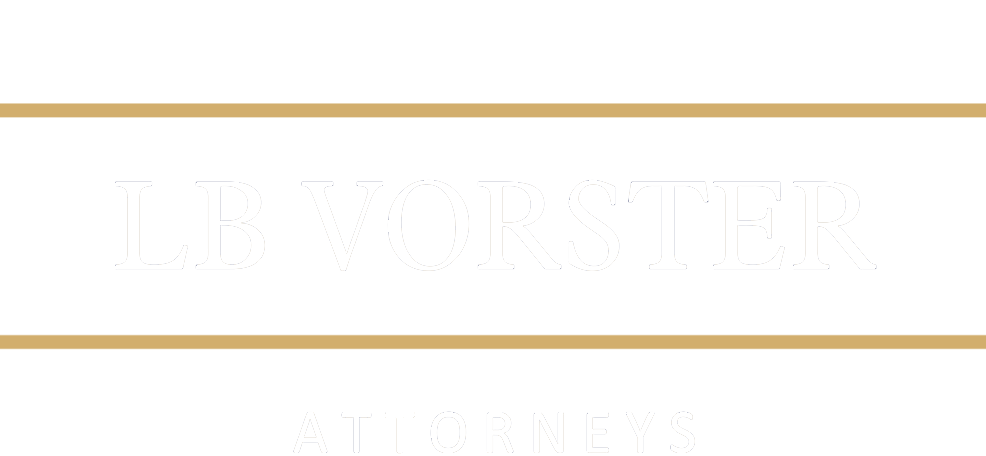- A CLAUSE DEALING WITH FIXTURES
It is always advisable to specify in a deed of sale relating to immovable property what items will, by agreement, be removed by the seller and what are fixtures that form part of the sale. In the unfortunate event that the deed of sale is silent on this, the test to determine whether an item is a fixture, and therefore forms part of the sale, is best explained by using a satellite dish as an example:
- Is the dish attached to the fixed property?
In the majority of cases the answer to this will be in the affirmative.
- Is the dish attached to the fixed property in such a way that it is clear the seller’s intention was that the attachment should be permanent?
Normally this is not the case.
- Will it be possible to remove the dish from the fixed property without causing structural damage?
Yes, this is normally possible.
Is it therefore clear that a satellite dish, for example, will not necessarily form part of the sale of immovable property. However, the situation with regard to installed air conditioners, for example, becomes more problematic.
A purchaser may convincingly argue that the intention of the seller must have been that such air conditioners would be of a permanent nature while the seller may similarly convincingly argue that it was never the intention that the air conditioners would become fixtures.
To add to the uncertainty, it may well be possible to remove the air conditioners without causing structural damage.
Therefore, should a purchaser have the intention of purchasing immovable property together with a satellite dish, air conditioners, or any other fixtures that may give rise to uncertainty as to their permanency, it is advisable that the inclusion or exclusion of such fixtures should be specified in the deed of sale.
- THE “VOETSTOOTS” CLAUSE
- What is meant by “voetstoots”?
It simply means that the immovable property is sold “as it is” or “as it stands”, in other words, together with any patent and latent defects, if any.
- What is a “patent defect”?
It refers to any defect in the immovable property that is visible to the naked eye, in other words one that is easily recognizable and does not require expert inspection, for example, an obvious structural crack in the wall or a collapsing ceiling.
- What is a “latent defect”?
It refers to any defect that will not be apparent, nor discovered, during normal inspection of the fixed property, for example, a leaking roof, defective plumbing or a foundation defect.
What are the respective liabilities of the seller and of the purchaser in terms of the “voetstoots” clause?
The purchaser will always be liable for the patent defects unless the parties agree otherwise. As far as the latent defects are concerned, the purchaser will, similarly, be liable for them UNLESS the seller is aware of the defects. Irrespective of whether the seller intentionally conceals the existence of the defects, or merely refrains from informing the purchaser of their existence with the intention of defrauding the purchaser at the time of entering into the deed of sale, the seller will be deprived of any protection under the ‘voetstoots” clause.
On various occasions in the past our courts have made it clear that there is a duty on a seller of immovable property to disclose the existence of latent defects to a purchaser, the failure of which may be deemed as dishonesty on the part of the seller.
(In our next article we will be discussing the effect/s, if any, that the Consumer Protection Act may have on the “voetstoots”-clause.)
 yvonne@lbvorster.co.za
yvonne@lbvorster.co.za  028 313 0136
028 313 0136

Recent Comments